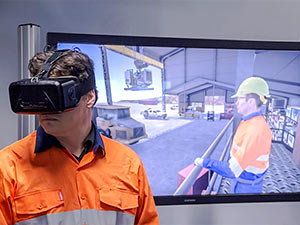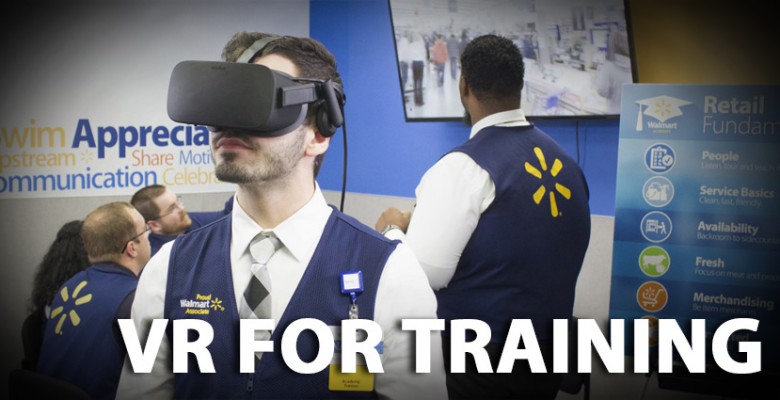Knowledge is Money
 If you are in business you know that knowledge is money. Whether that knowledge helps save time through efficiency, increases in customer satisfaction or reduces occurrences of product returns or failures through proper usage and installation.
If you are in business you know that knowledge is money. Whether that knowledge helps save time through efficiency, increases in customer satisfaction or reduces occurrences of product returns or failures through proper usage and installation.
Having personally spent a decade of my
professional career creating training content used by high profile several aftermarket companies and organizations within the automotive industry I have had the chance to see first hand how important training is for these companies.
Automotive Industry
 When dealing with complex electrical systems for modern automobiles ensuring that customers and technicians have the requisite knowledge to successfully diagnose, repair, replace and or reprogram essential components is key to maintaining acceptable profit margins that are not needlessly decreased by failures caused by user error or improper installation.
When dealing with complex electrical systems for modern automobiles ensuring that customers and technicians have the requisite knowledge to successfully diagnose, repair, replace and or reprogram essential components is key to maintaining acceptable profit margins that are not needlessly decreased by failures caused by user error or improper installation.
Great customer service and customer satisfaction are not things that happen by accident. automotive parts suppliers all the way down to small repair shops understand the need for staff that work with customers to not only be knowledgable about their products and services but also to have the soft skills needed to easily manage customer expectations and inevitable frustrations.
Where have we been?
 While we traditionally used highly produced training programs to produce training programs that highlighted the technical steps needed to properly diagnose and repair a complicated vehicle data bus issue or worked to produce a training video highlighting the scenarios you may encounter when selling parts for a brake job and oil change to technicians and ‘do it yourselfers’ at a large parts chain it has never been quite effective enough.
While we traditionally used highly produced training programs to produce training programs that highlighted the technical steps needed to properly diagnose and repair a complicated vehicle data bus issue or worked to produce a training video highlighting the scenarios you may encounter when selling parts for a brake job and oil change to technicians and ‘do it yourselfers’ at a large parts chain it has never been quite effective enough.
There is a lot to be said for ‘learning by doing’ or ‘experiential education’. Humans simply retain knowledge to a greater degree when they experience a process by actually doing it themselves. For many organizations though the cost to maintain training centers and staff workshops for hundreds or even thousands of employees becomes a very tough sell for management even if there is an expected gain in sales and customer loyalty.
Where are we going?
 Okay so where am we going with all of this? Well, there once was a time that video training was not a reasonable cost either. Not long ago the skills and equipment required to produce a corporate training program were still very costly. As technology advanced however the costs went down and while you lost the hands on approach afforded by staffed training classes the cost savings were considerable.
Okay so where am we going with all of this? Well, there once was a time that video training was not a reasonable cost either. Not long ago the skills and equipment required to produce a corporate training program were still very costly. As technology advanced however the costs went down and while you lost the hands on approach afforded by staffed training classes the cost savings were considerable.
Today AR (augmented reality) and VR (virtual reality) are both becoming more enticing from not only a technological standpoint but from a cost standpoint as well. The beauty of using VR for training is in your ability to engage the user and allow them to interact and learn from mistakes within a virtual environment. This provides the comprehensive knowledge transfer of video along with the hands on experiential approach afforded by a live workshop with instructors.
Trends in the Marketplace
Bosch was one of the first great examples of big global players embracing VR for training. In 2015 the company outfitted a semi trailer with a mobile classroom equipped with over a dozen VR headsets that allowed them to immerse technicians in a virtual environment that focused on training technicians on how to repair GDI (gasoline direct injection) systems Additionally the company has demoed AR solutions that would allow a technician to point a device at a vehicle and ‘see through’ the door panels and dash to locate wiring and seniors saving the guesswork of trial and error.
Recently Walmart has begun using VR in their own training centers. With a focus on sales training and customer service Walmart immerses their associates in a life like experience where they encounter situations with customers and are able to interact, engage and learn within the virtual environment in ways that would otherwise be disruptive to stores or to costly to maintain.
How can this help you?
While the need for training for customers and employees would likely be debated by very few professionals the path of execution for that training is still something many people might argue. For good reason too – books, hands on, video, testing, virtual reality are all tools for learning and some tools work best depending on the application. However when considering the ability to incorporate so many methods of learning into a virtual environment it is hard to ignore the increasing value.
The result is affordable, repeatable training that delivers greater knowledge retention than was previously though to be possible. From teaching best practices for customer interaction, procedural training or support for technical jobs to experiences showcasing new products VR has a lot to offer business. Lets work together on your next training project and create something that creates real ROI and impact within your organization.





